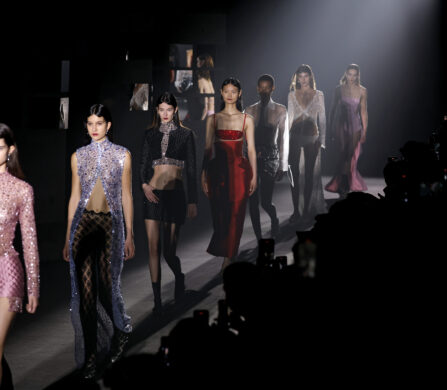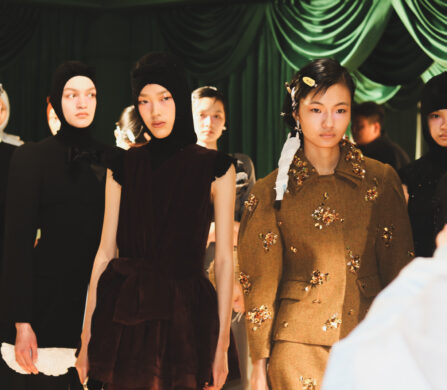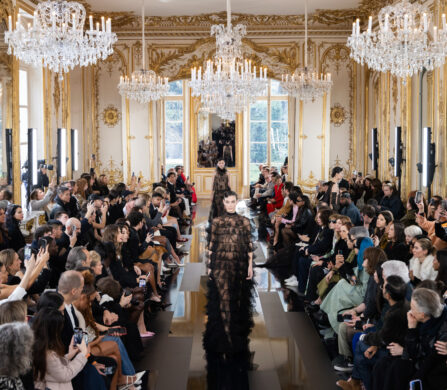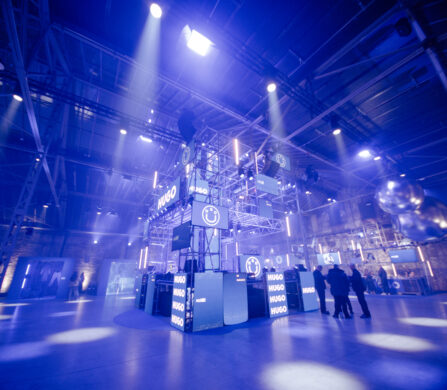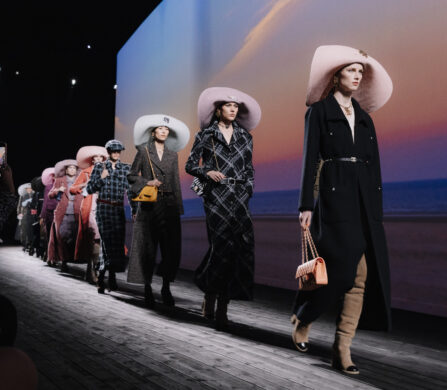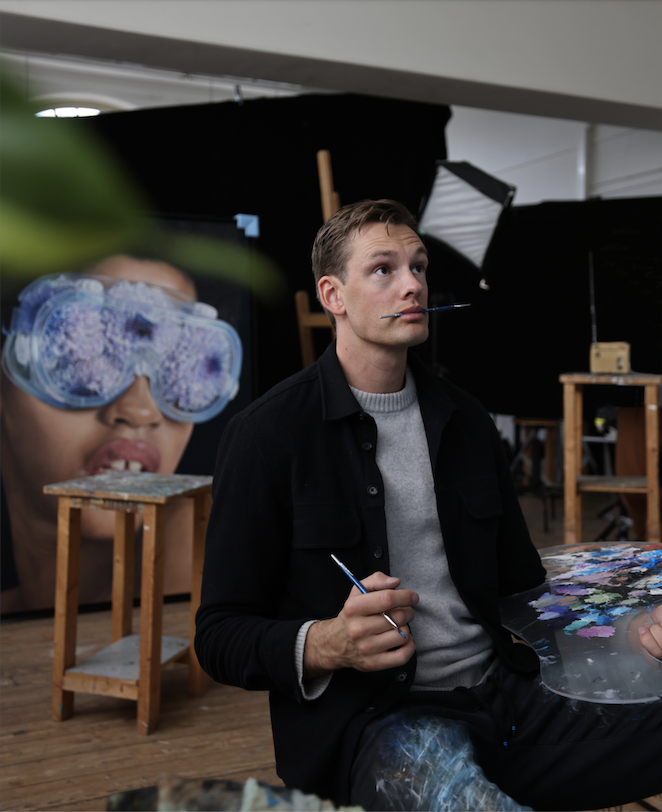
Robert Euwe engulfs himself in his artwork, reflecting inward to create pieces that are a testament to his life and career. He tells Schön!, “I want to give people who look at my work the same feeling of awe and reflection that I experience whilst working on the project.” And he does just that, crafting intricately painted pieces that pull spectators in, leaving them in astonishment. His previous work as a tropical ecologist meant long periods of isolation as he conducted research in the jungles of South America and Southern Africa. Upon returning to the Netherlands and teaching himself how to paint, Euwe discovered that the best way for him to create was to completely isolate himself so that he could focus solely on his work.
His latest endeavour, the “Perception” project, represents the blossoming beginning of Euwe’s career. With each painting, the project depicts the beauty of seeing from a different perspective. Employing his tropical ecology background, Euwe chooses flowers that represent a different emotion for every piece. Each portrait takes on a life of its own, offering a unique form of reflection for viewers. As the project grew, Robert knew that a sculpture was the next step, telling Schön!, “sometimes a work needs more volume in order to communicate the feeling that I want to provoke in the viewer more effectively.”
Chatting with Schön!, Euwe dives into the birth of the “Perception” project, his preference to work in solitude, and working with marble.
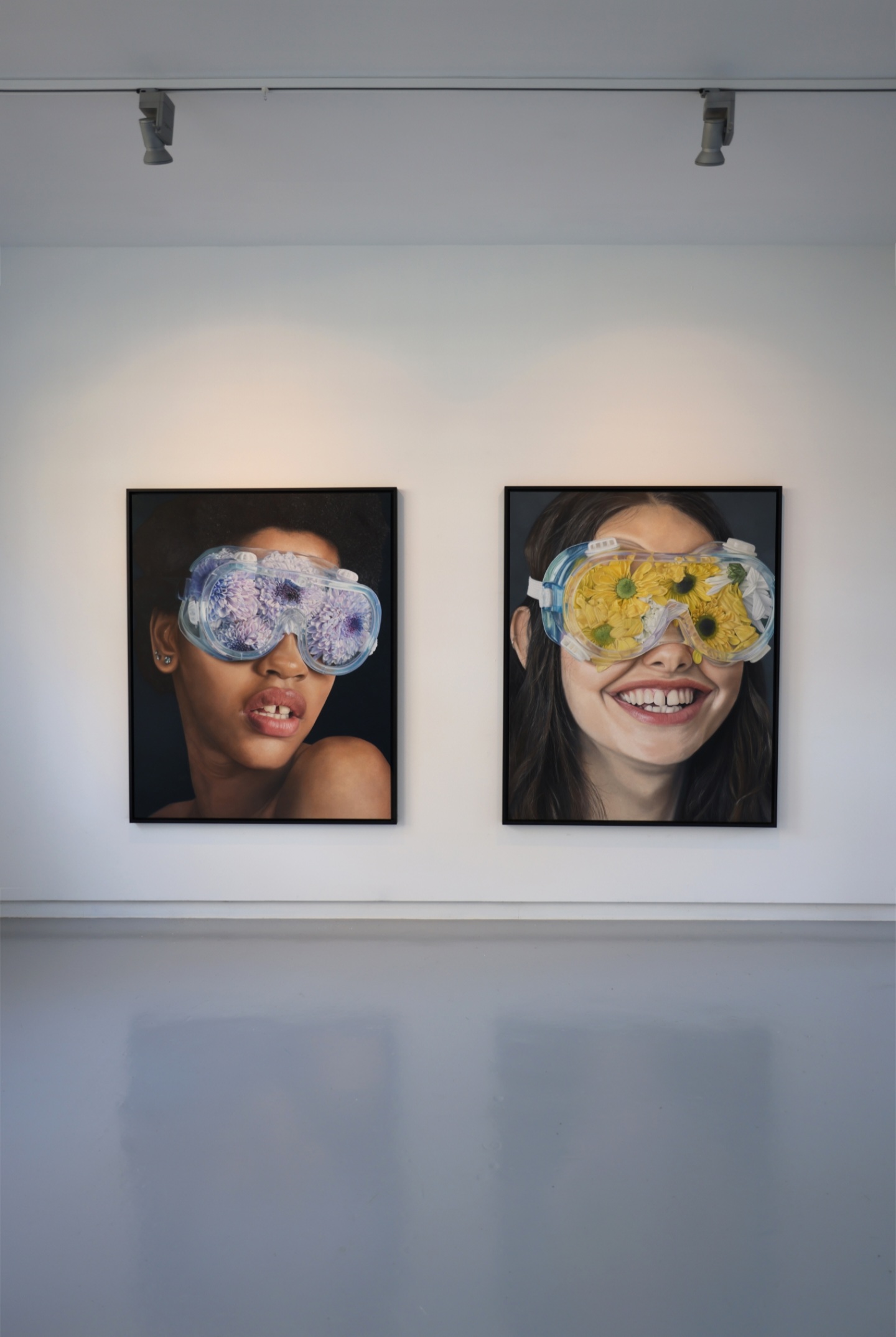
Before becoming an artist, you were a tropical ecologist and spent a lot of time conducting research in South America and Southern Africa. How has this previous career shaped your creations as an artist?
For my research, I often stayed in remote places in the jungle for extended periods of time, miles away from the civilised world. Equipped only with a backpack, a machete, a GPS, and my notes, I would sleep in hammocks and eat rice and beans for the duration of several weeks at a time. This experience of extreme social isolation is still a central part of my life. Despite being a social person with a fondness for human connection, I still thrive off the very same solitude I experienced during my time in the tropics. When working, I try to create my own world, almost like a bubble of solitude, where I find myself alone with my thoughts and creative ideas and where I can work and contemplate freely.
Also, I learned to appreciate the beauty in the small and the unobvious. We seem to live in a world nowadays where only the big and the bold grab people’s attention. Being in the jungle taught me to just stop for a moment, and watch/appreciate the little things all around me, the complexity and beauty are amazing. A million different frogs, insects, mammals, birds and plants around you, with incomprehensible amounts of detail, and colours. I want my art to be a reflection of the beauty and complexity of the natural world.
Can you tell me a little more about your transition from tropical ecologist to real estate to becoming an artist? Which pieces from each profession show up within your work as an artist?
Between the ages of 18 and 28, I travelled the world working on various ecological research programs in Africa and Central and South America. Becoming a father of a beautiful boy, I couldn’t continue my work in the tropics. So, I chose to start my own business to be able to stay in the Netherlands with my son. But whilst running my business, I noticed I was missing depth and meaning. There was something in me that needed to get out, something deeper.
So, in the summer of 2018, I picked up a paintbrush and taught myself how to paint and made my first portrait. Since that time, I have never stopped creating. Now, I am convinced my diverse background in science and business is actually beneficial to my artistic career. I notice that my scientific background and training lead me to be very well calculated, precise and pre-thought. Whilst my time as an entrepreneur taught me how to build complex projects and to think big. These skills now come together in harmony to construct a body of artistic work that is meaningful, fresh, imaginative, and simply very technical.
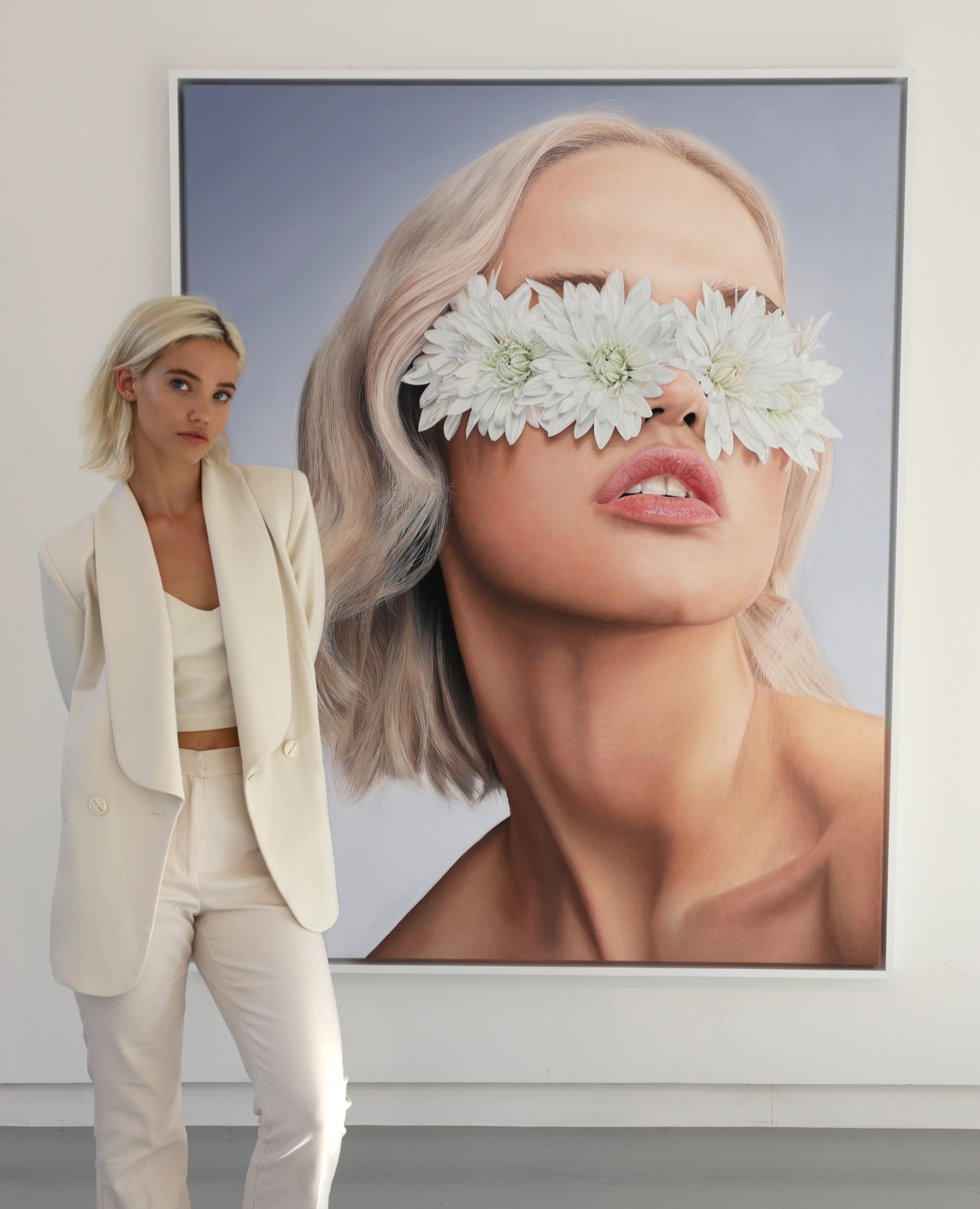
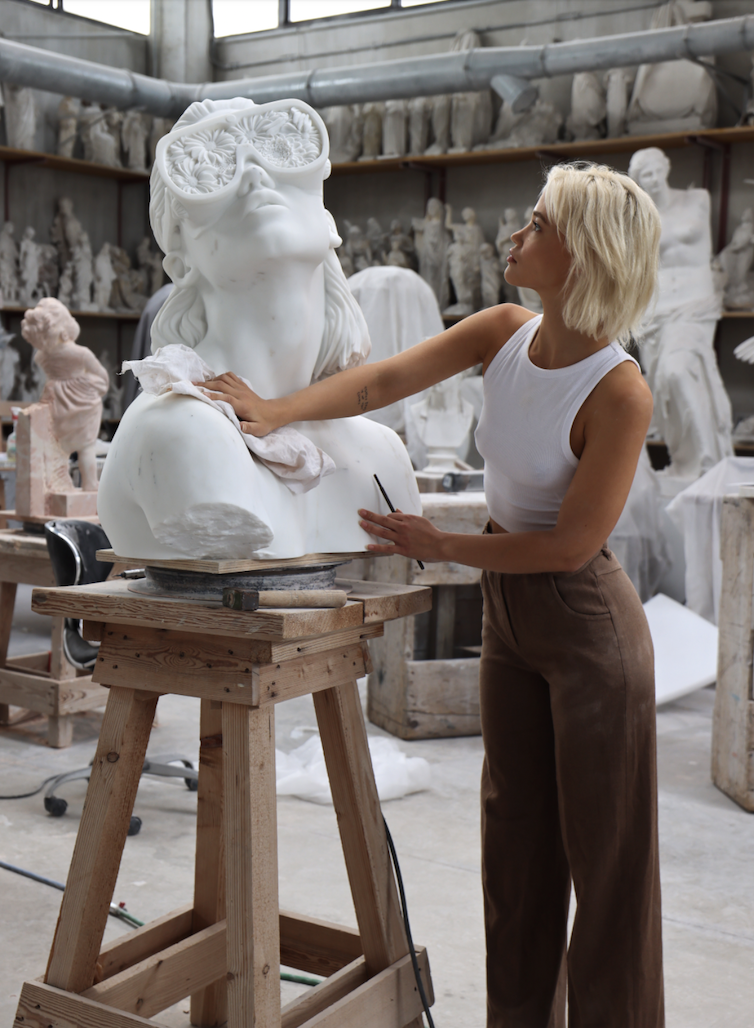
When did you first have the idea for the “Perception” project and how has it developed since then?
The idea for the project came to me during the peak of the pandemic two years ago. Forced to isolate and watch the world become polarised by opinions and personal beliefs, I started reflecting on the notion of human perception and subjectivity. The abstract thought process soon transformed into a concrete idea of creating art that would highlight the existence of contrasting viewpoints among people. As a result, “Perception” was born. The art project consists of a series of paintings of people who see the world differently, personified through a variety of emblematic flowers. My background in tropical ecology yielded my close relationship with nature and this connection often glimmers through my artworks. I used flowers in the project as an elegant tool to communicate the fragility of human emotion. Being one of the most beautiful aspects of the Earth’s flora and almost having a life of their own, flowers act as an apparatus to describe each distinct emotion. Each of the paintings within the series symbolises an emotion like happiness, intensity, peace, and purity, and is a representation of these feelings in a human form.
Why did you decide to expand the project into marble sculptures?
Sometimes a work needs more volume in order to communicate the feeling that I want to provoke in the viewer more effectively. People need to be able to walk around a work and have more interaction with it. There is a certain type of magic to a tangible and three-dimensional object that is positioned in the middle of a room. Somehow it demands your attention. Also, I like to create the paradox of the soft elegant flower petals being made out of one of the hardest natural stones on the planet. I want to evoke a feeling of unbelief in the viewer, making them want to touch the sculpture to verify that it’s actually made out of marble. But as the viewer can’t touch the sculpture, because it’s behind barrier posts, there evolves an internal desire that draws you into the sculpture.
How did working with a 300 kg slab of marble differ for you creatively, in terms of how you approached the project?
In a project like this, the stakes are high. You are working with a stone that costs thousands of euros and one simple mistake can ruin the whole project. Hence, all the creativity is applied in the preparation phase as there simply is no room for error. When you’re sculpting, there is no going back. When the stone is off, it’s off.
So, before the actual sculpting starts there are months of preparation to come up with a creative plan that is aesthetically appealing and communicates the story that I want to convey. It boils down to finding the right model and set-up, making 3D scans, digital modelling, finding the right slab of marble etc. Then, in the second phase, I use cutting-edge robotic technology to help me carve away all the rough parts, leaving me with a rough stone more or less in the shape of the sculpture. This saves me weeks of rough work so that I can focus on the hundreds of hours of detailed hand carving that you can only make by hand.
As you can see, making a sculpture is a complex multidimensional endeavour. But it’s all worth it.
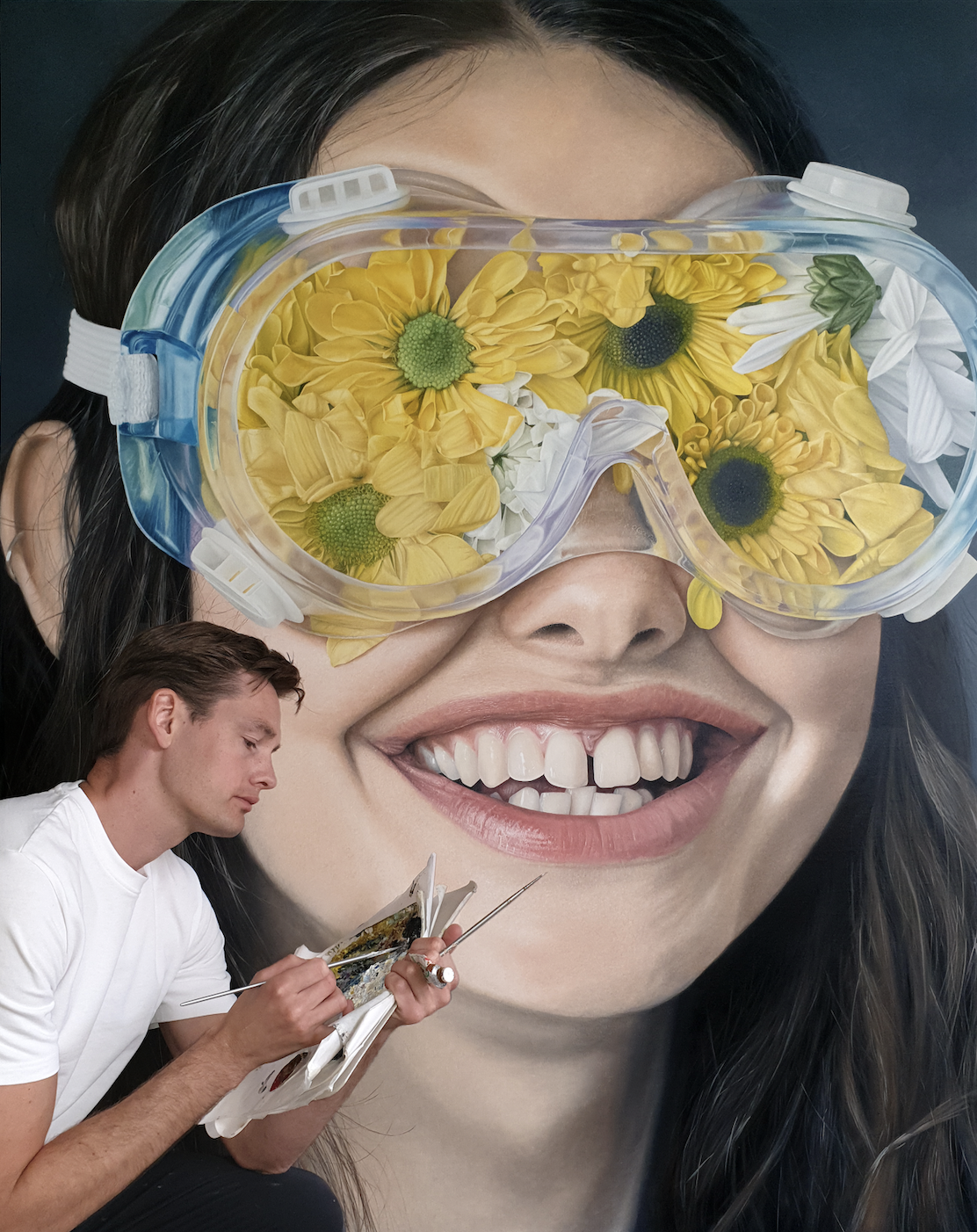
Were there any challenges you faced while sculpting?
Yes, especially technical difficulties. I wanted to find ways to push the marble to its absolute limits. My challenge was; how to carve elegant flower leaves out of marble.
First, we had to figure out how thin we could actually make the flower petals before the marble would break. So, we created samples with different types of stone for trial and error. In the end, we chose to work with Statuario Michelangelo as this white marble had one of the finest and strongest crystals. During trial and error, we learned that in this marble stone, we could make the leaves as thin as 2 millimetres before they would break. Then we basically blew up the size of the sculpture, so that the thickness of the flowers had elegant proportions to the face. Hence, we ended up with a huge 300 kg sculpture.
Besides all kinds of technical challenges, breathing life into a stone is a serious challenge. You want to have the stone communicate emotions and facial expressions in order to tell a story, which is very difficult. There are hardly any negative spaces in marble like in a mouth, also the whole stone is white, so there is no colour to play with. Luckily, I got help from an amazing professional team of sculptors in Italy, with many years of experience.
Your bio mentions that you enjoy working in solitude, do you find that to be the only way you can truly focus on a piece you’re working on?
Painting for many hours requires a lot of focus in order not to lose oversight of the entire process. The details in my work have to be so subtle. Not paying attention consistently can completely ruin months of work.
When I’m in solitude and not distracted, I can keep funnelling my focus into a specific action that I’m doing. As I’m building up this narrow focus, this can result in a complete flow state, where the world around me disappears. I get goosebumps and I forget to eat, sleep, and think. I’m completely engulfed in the process, it’s like an ecstatic state of hyper-focus. Only when I’m alone can I reach this state.
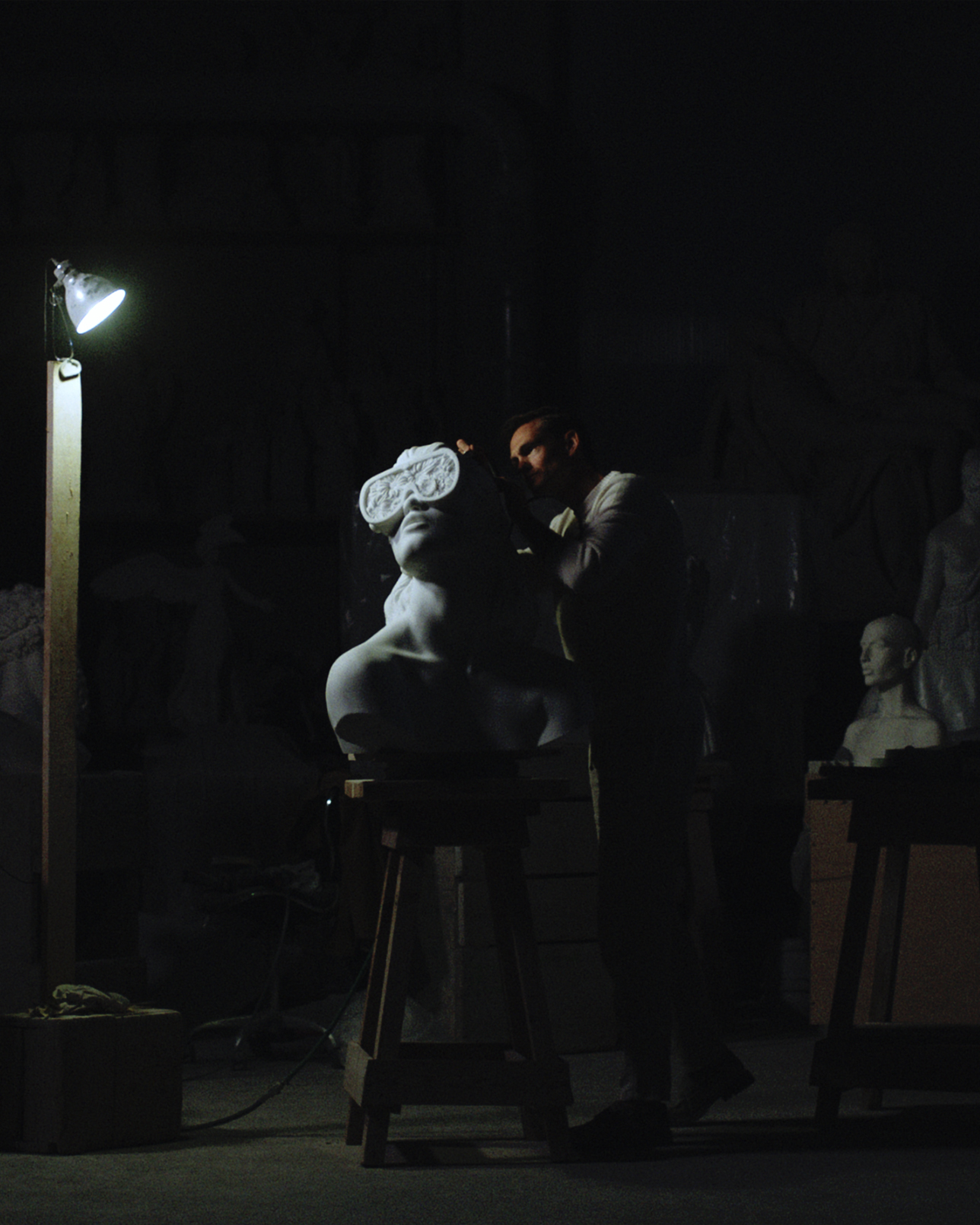
What do you hope to get across to people viewing your artwork?
For my artwork in general, I want to give people who look at my work the same feeling of awe and reflection that I experience whilst working on the project. I want my art to be a reminder of the beauty and complexity of the natural world and a celebration of the human ability to create something truly extraordinary. Through my art, I hope to inspire others to embrace their own creativity and to see the world in a new and profound way.
For the “Perception” project in particular I’m trying to invoke feelings of realisation in viewers that every human experience is idiosyncratic and personal, and that a mutual understanding can be attained only through respect and consideration.
What does the “Perception” project mean to you?
The “Perception” project is special to me because it’s my first ever series of work that I made. Before, I would make single unrelated paintings, but this is the first time I made a whole line of work telling the same compelling story, even in different mediums. This made it possible for me to organise my first art show, which turned out to be an amazing event. To me personally, this project symbolises the start of an ambitious and impactful art career.
Can you tell Schön! what’s next in your career as an artist?
I notice that the art projects that I’m working on are getting bigger and bigger. Currently, I’m preparing my first-ever art installation. It’s a massive 4 metres tall installation in which I’m getting to the true core of my background as a tropical ecologist.
My goal for the next few years is to weave together my ecological background with my art, combining nature and people into astonishing works of art. Be it paintings, sculptures or installations. With this diverse portfolio of work, I would love to organise exhibitions and shows all over the world where my works come together to tell the audience a compelling story and inspire them.
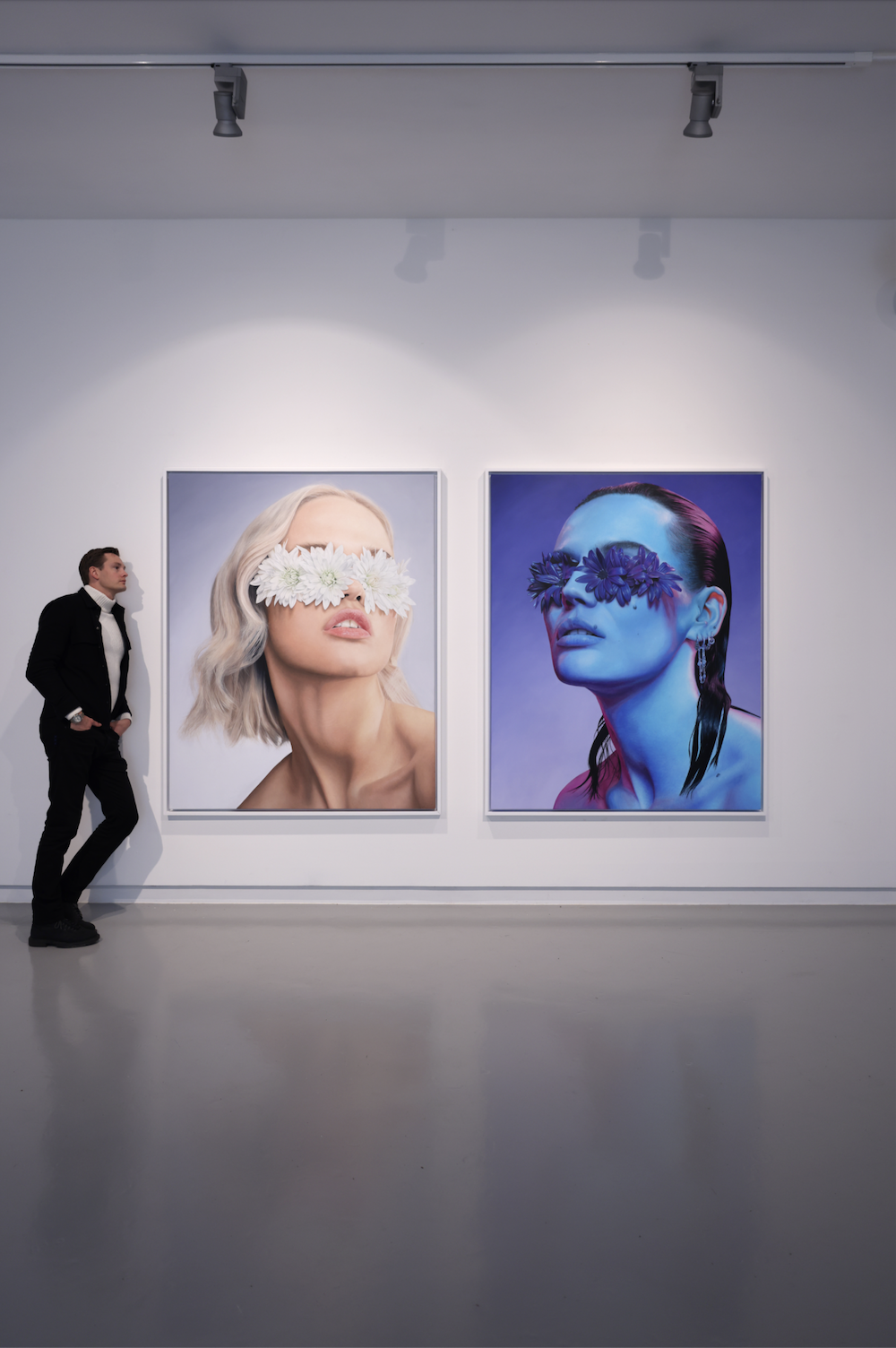
Learn more about Robert Euwe by visiting his website and following him on Instagram.
model. Isha van Dijk
interview. Amber Louise














